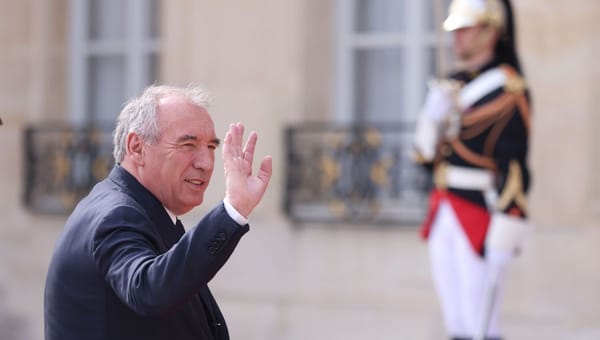Why can't we decipher the revolutionary military strategy that the Russian army is deploying before our eyes in Ukraine? Since the early days of the conflict, many experts are convinced that the Kremlin has failed in its initial strategy. Russia would have imagined a "Blitzkrieg", failed and then had to adapt to a long and hard war. In fact, even if no hypothesis should be discarded, before deciphering the Russian strategy, we must begin by ridding ourselves of a certain number of prior representations. We must unlearn our certainties in order to observe what is really happening. The new Russian art of war is based on a global, "hybrid" strategy, combining nuclear deterrence, hypersonic weapons, precision fire, limited engagement of ground troops and permanent negotiation with the adversary. It is time to understand Vladimir Putin's formidable "hypersonic" strategy!
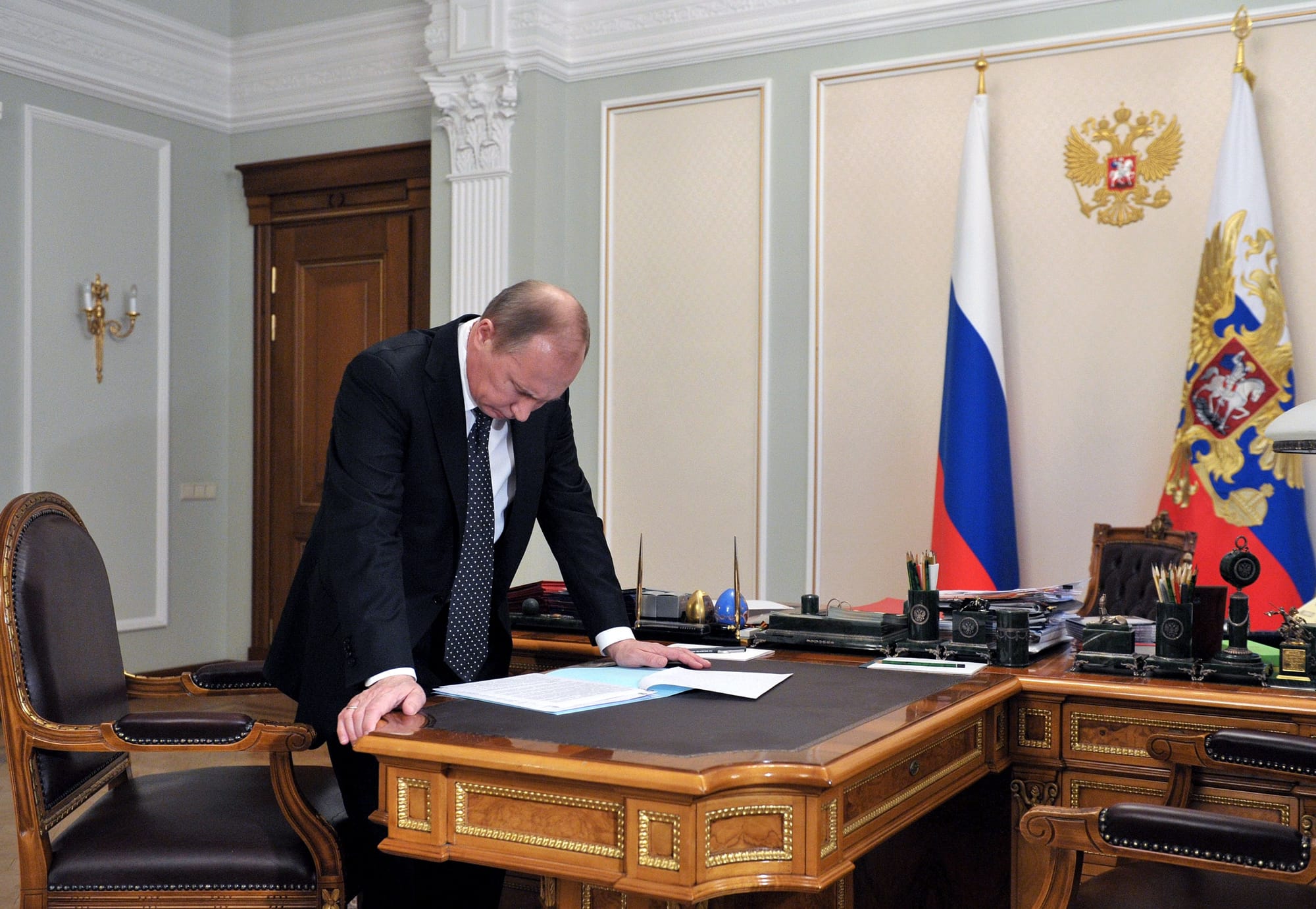
There are questions that we cannot answer at the moment. We do not have enough information to understand Russia’s initiation of the war in Ukraine on 24 February. But this uncertainty, as we shall see, is part of the Russian strategy.
For example, what was the role of Vladimir Zelenski’s provocation on 19 February 2022 when he explained at the Munich conference that if his country was not admitted to NATO, it would call into question the Budapest Memorandum (signed in 1994, which provides for the military denuclearisation of Ukraine)? This is undeniably a major trigger. However, the Russians waited until they had launched the conflict to say so.
Had Russia been planning an offensive for several months – for example, because of fears of a new Ukrainian army offensive in the Donbass; or because of increased NATO interference in Ukraine – for example, the beginning of the installation of a real « alternative to Sebastopol » in Berdiansk, with British support? Did Vladimir Putin think it necessary to start a war as long as Russia had a strategic lead on hypersonic missiles?
The uncertainty about Vladimir Putin’s intentions is part of a strategy that has worked so far, based on the surprise effect.
The myth of the failure of 'immediate victory'
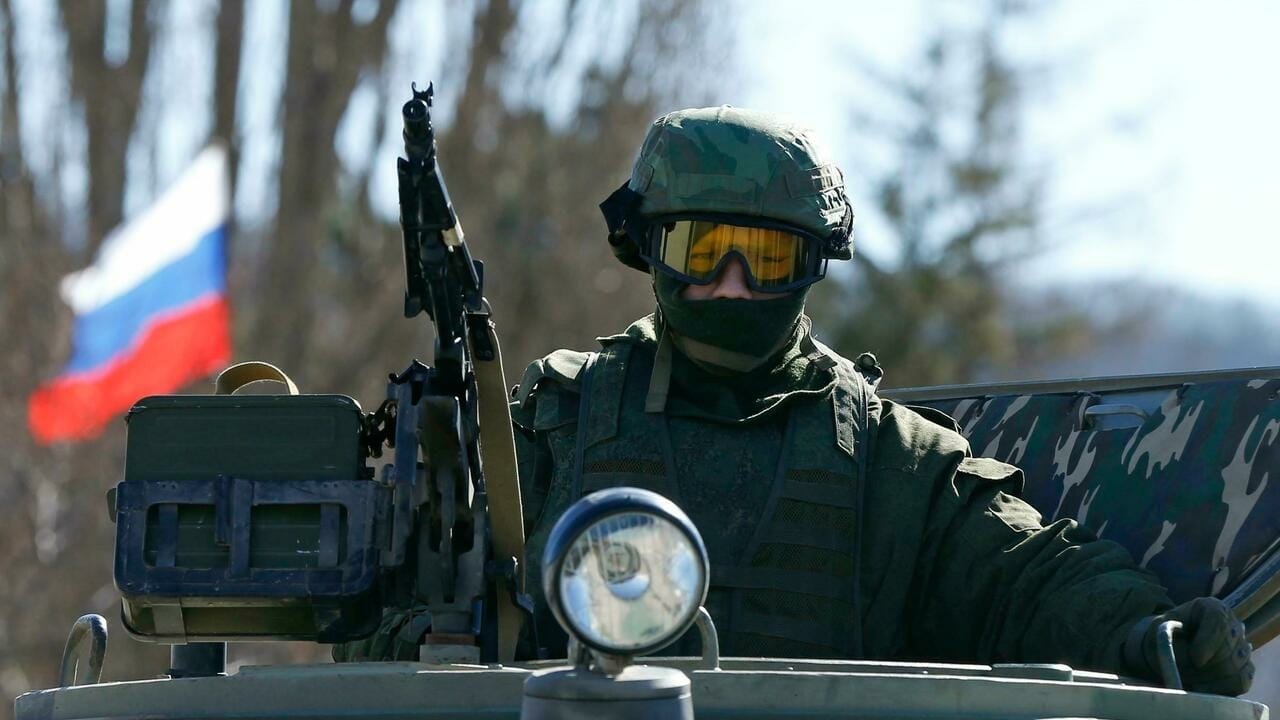
Then there is a question that we think is answered too quickly by observers – even those who are neutral towards Russia.
Did the Russian command think that the 2014 Crimea scenario could be replicated with a rapid rally of most of the Ukrainian army?
We have read this often on well-informed Telegram channels. It has been reported to us by military personnel: Russian intelligence has overestimated the readiness of the population to rise up and overthrow the regime in the Russian-speaking part of the country. The Russian military would have planned for an inevitable uprising and thus a rapid surrender of the Ukrainian army.
Let us assume that there was a plan for a quick victory. Let’s assume that Russian intelligence was too optimistic. But in that case the Russian command must have had a plan B, that of adapting to a longer war. The evolution of Ukraine since the Maidan coup was readable with a simple regular watch on the Internet – including the ideological radicalisation of part of the Ukrainian fighting units. It would therefore be surprising if the Russian services had missed it; just as they would have missed the Western deliveries of arms to Ukraine, the presence of military advisers from NATO countries, the policy of terror exercised by the Ukrainian army or paramilitary militias on the predominantly Russian-speaking populations of eastern Ukraine. Or they may have underestimated the strength of the Ukrainian army, estimated at 260,000 men.
You always have to listen to what the actors involved say. What has Vladimir Putin been talking about all along? (1) Enabling the people of the Donbass to live permanently in peace. (2) Consolidating possession of Crimea, strategically vital for a Russia facing a hostile West. (3) Disarm Ukraine to a level acceptable to Russia’s security; and make it neutral. (4) Denazify the country.
The latter objective is not taken seriously by the West at all. We understand that if one has never been to Ukraine, it is difficult to imagine the reality of units like the Azov Battalion. The author of these lines has spent enough time in the country to have observed the violence and ideological radicalisation of units about which the French government received a detailed report in 2016.
Even if one does not have this experience or an in-depth knowledge of radical Ukrainian nationalism since World War II, one only needs to pay attention to the 2014 Odessa massacre or the failed attempts at ethnic cleansing in the Donbass to begin to understand. Western governments, by the way, know this reality very well. As Roosevelt said to an interlocutor who reproached him for supporting Somoza, President of Nicaragua: « He’s a bastard, indeed. but he’s our bastard! ». Western leaders know the reality of units whose racist Russophobia is not an invention or a pure instrumentalisation of Moscow. And our leaders assume this because they think that the will to fight of these units will make it possible to keep Russia in check.
It would be an insult to Russia to think that the government, the army and the intelligence services were not capable of realising (1) that the changeover of Ukraine was not as easy as that of Crimea alone; (2) that the Ukrainian army has, since 2014, become hardened and, in part, fanaticised by the spread of radical nationalism, of which the neo-Nazi militias are the advanced point. (3) that the Ukrainian army has been trained and equipped since 2014 by NATO instructors or mercenaries.
What could the Russians see at the beginning of the year? (A) that a large part of the Ukrainian army was gathered in the east of the country, facing the secessionist republics of Donbass. (B) that the population of eastern Ukraine was not in a position to rise up against militias that have not only been regularly bombing Donbass cities for years but also enforcing a regime of suspicion and denunciation of anyone who might be suspected of « working for the Russians ».
Russia knew that it could not confront the Ukrainian army massively and head-on without causing enormous losses among the very population it intended to deliver from the Kiev regime. Since then Moscow got the confirmation(see the areas that the Russian army has taken control of in Mariupol) – and from this point of view the Russian intelligence services were right if this is the point of view they defended – that the population of eastern Ukraine is suffering under the yoke of the Kiev militias and is relieved as soon as the Russian troops establish their domination. Finally, Russia is well aware that nevertheless the feelings of the majority of Ukrainians are ambiguous towards Russia.
- in the East, people are Russophile but do not necessarily want to be integrated into Russia
- In the West, people are attracted to Poland but suffer from the corruption and tyranny of the Kievan regime supported by Warsaw and the Western capitals.
It therefore seems possible to identify a double Russian choice present from the outset.
+ The Ukrainian population should not be (re)solidarised with the regime that emerged from the Maidan coup.
+ It was also important not to provoke a massive redeployment of a Ukrainian army that was both mostly stationed in front of the Donbass and relatively scattered over the territory.
Russia’s concern is to preserve the future, at all costs, without being able to say how much of it will be occupation of Ukrainian territory, how much of it will be a « protectorate » and how much of it will be peaceful coexistence with a demilitarised neighbour.
From this political approach stems a military method quite different from the one to which Westerners have become accustomed since the early 1990s.
Moving away from 'Blitzkrieg' and video games
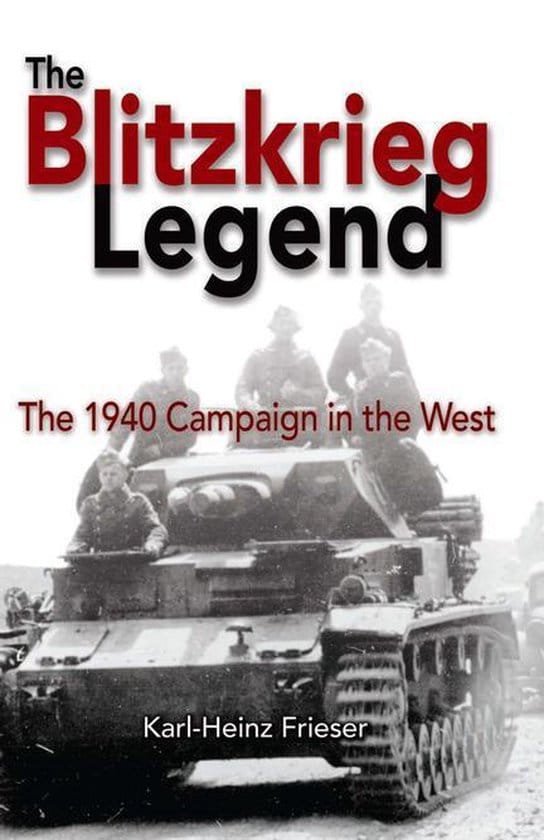
What are the dominant representations in our perception of wars? First of all, there is the « Blitzkrieg » – the German army-style blitzkrieg of 1939-40. In Poland and France, the German army managed to achieve victories in a matter of weeks at the beginning of the Second World War. The media, politicians and too many academics and think tank experts have not taken the time to read Karl Heinz Frieser’s work on the French campaign of May-June 1940.
There were many hitches in the advance of the German army and only the lack of vision of the French command transformed the Nazi attack into a rapid victory for the Wehrmacht. Think, for example, of the 100 km long ‘bottleneck’ of armoured vehicles at the exit of the Ardennes in mid-May, which no French aircraft came to bomb.
In fact, by the first weeks of the USSR campaign, a year later, in the summer of 1941, the limits of the ‘blitzkrieg’ had become apparent. Germany soon came up against distance, and then, from the autumn onwards, against weather and an industrial power that surpassed its own. Even if we imagine that Russia had a strategy of frontal attack in Ukraine – and we shall see that this is not the case – wars are rarely ‘blitzkriegs’ in the sense that we understand them.
The myth of the ‘blitzkrieg’ has, however, survived in the Western imagination. And it has been revived in recent decades by the American wars after 1990. In Iraq, Afghanistan, Kosovo and Libya, wars were easily won in a few weeks – at least in appearance. In addition, the fact that the Americans have a habit of bombing countries several times before sending in ground troops has made our image of war worthy of a video game. We do not imagine anything other than initial massive bombings, without asking ourselves what the human cost is – who knows, for example, that the Americans have used in Iraq and Afghanistan those bombs with a gigantic blast effect called « daisy cutters » (daisy cutters)? What would we say if Russia today did the same?
Then the war on the ground seems to us to be about the instantaneous elimination of adversaries who appear in the path of the troops like the villains of a video game. And so that reality does not come back too strongly to haunt us, we rely on drones to fight « after victory » against resistance fighters or reborn armies.
In reality, none of these American wars over the last thirty years has been a strategic success in the sense of a lasting victory. They have dislocated fragile states that had the merit of maintaining a minimum of civil peace. Above all, they have left a state of chaos that is difficult to overcome. Millions of lives were destroyed without homo occidentalis being moved by it, trillions of dollars were consumed by the Pentagon to arrive at situations hardly more glorious than the Vietnam War. The Americans were not able to resolve the question of pacifying the countries they occupied or the viability of a political organisation after their departure. We do not want to minimise the organisational efforts that were made in the occupied countries, nor the contribution that our army, for example, with its long experience of overseas presence, was able to make. But this is generally ignored and we want to point out here the origins of the prevailing perception.
Can we now rid ourselves of our representations and lack of analysis of the wars waged by the West over the past thirty years and see the Russian offensive in Ukraine for what it is?
Limited engagement on the ground for targeted gains
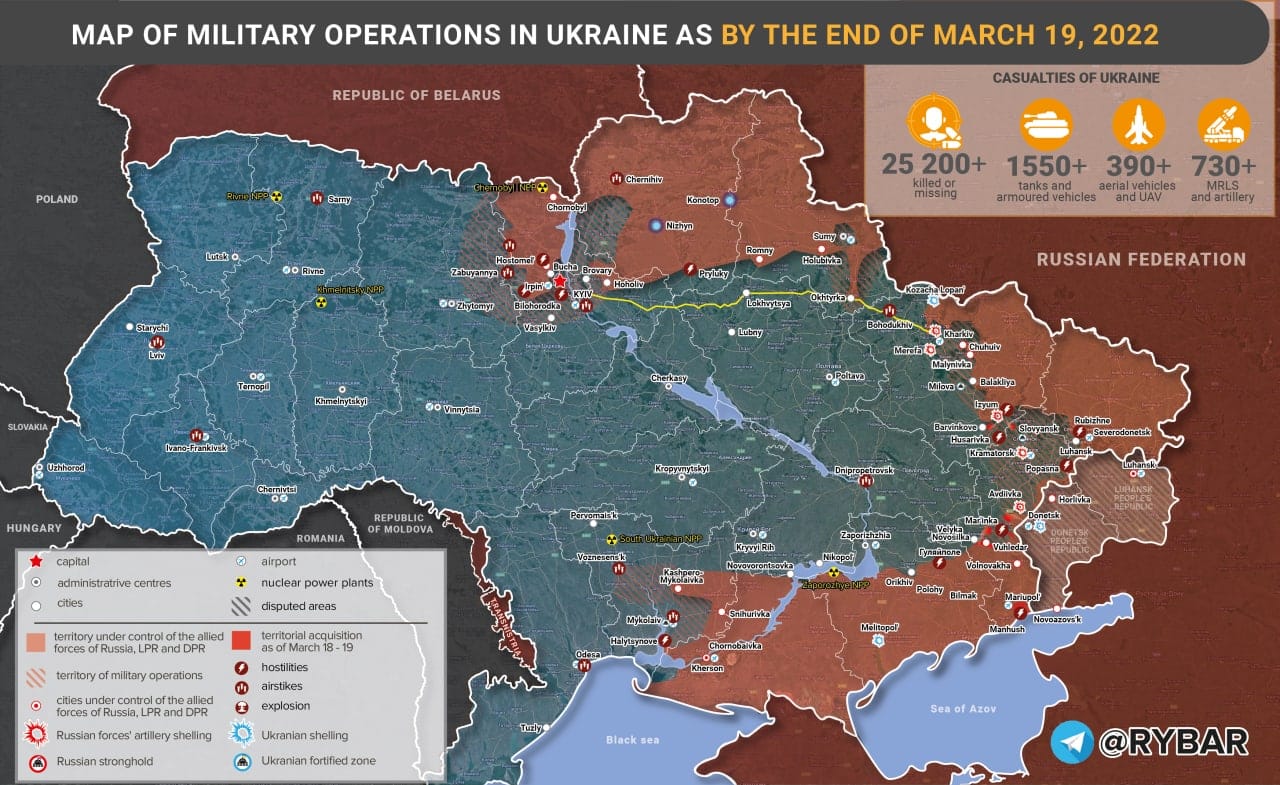
Since we have been following the conflict in Ukraine, we have used several sources for mapping the Russian advance: Ukraine War Map, Institute for the Study of War, Military Advisor or here @Rybar (on Telegram). They tell us much the same thing: the Russian army is gradually, methodically expanding its hold from the borders of Belarus and Russia. One objective seems possible in the long run: to militarily occupy the entire left bank of the Dnieper, even if this is still far from being the case.
From the outset, two seemingly contradictory observations could be made. On the one hand, the Russian advance was undeniably rapid. Several American specialists – who were keen on the Blitzkrieg reference! – are even keen to point out that the advance is faster than that of the German troops during the Second World War. On the map we have reproduced above, we can see that Russian troops have brought under their control – excluding the territories of the secessionist republics of Donbass and Crimea – 130,000 to 150,000 km², i.e. 20 to 25% of the territory of Ukraine in its 2013 borders. This is indeed considerable. However, it soon became apparent that the Russian army was not pushing its advantage in the way one would have expected. To put it in the words of Scott Ritter : « The usual Russian strategy is to locate the target and burn the location with heavy artillery fire from multiple rocket launchers, mortars, and then advance the ground forces until a new target is located and the procedure is repeated. The tactic is extremely effective and extremely brutal. If applied to an enemy formation in a densely populated urban area or suburb, it would result in tens of thousands of civilian deaths ».
Obviously, the Russian army refused to use its usual way of fighting. Let’s try to go deeper.
For the time being, three main movements are discernible:
+ the gradual takeover of the regions north of Crimea, the « New Russia » in the historical sense of the term
+ A double movement from the north and the south, to catch the Ukrainian troops fighting in Donbass.
+ A movement to progressively encircle Kiev from the west and the east.
What disconcerted observers was the alternation of offensives and immobilisations by the Russian army.
+ In the first few days, the Russian army took control of the north-west of Kiev from Gostomel; it settled in the north-east of Kiev via Chernigov; it settled in the region of Soumy, that of Kharkov, but bypassing the towns. In the south, the same thing happened, with movements towards Melitopol, Kherson, Nikolaïev; with a push towards Energodar to secure the nuclear power station. Then the offensive stopped almost everywhere for several days.
+ When the offensive resumes, it is not at all uniform. After 24 days of conflict, there is undeniable progress:
- The junction between the movement from the north and the movement from the south to entrap the Ukrainian army fighting in the Donbass is largely complete. There is now a continuous front line from Ernegodar and Kherson to the Donetsk Republic troops. This is a big victory because most of the Ukrainian army is there.
- Russian troops are firmly established on the right bank of the Dnieper in the Kherson region
- Russian troops and the army of the breakaway republics have locked up some of the neo-Nazi elements (Azov Battalion) in Mariupol. And they are winning the battle there.
For the rest, well-informed diplomats and confident experts have told us several times over the past two weeks that the assault on Kiev or Kharkov was for the following night. And the landing in Odessa for the next morning. But nothing of the sort happened.
Here again, Scott Ritter’s analysis can be repeated. « …. It was an absolute surprise to everyone that they started the operation with one hand tied behind their backs. The progress is very calm and very precise. The Russians tried to negotiate with all those in fortified positions in order to minimise civilian casualties and the destruction of urban facilities. The Russians have expressed their refusal to kill Ukrainian soldiers in their barracks ». The military operation had strong political safeguards from the outset, limiting civilian casualties as much as possible and allowing Ukrainian soldiers to surrender. This was all it took for the West to cry out that the Russian army had failed. Indeed – to continue to explore our military references – we understand Bonaparte’s way of waging war better than Turenne’s; and we hold Turenne to a higher standard for the brutality and destruction he ordered – albeit sporadically by comparison with Napoleon’s armies. There have been several occasions in the past three weeks when the Russian army has forced its way through at the risk of killing civilians – and this occupies the Western media infinitely more than the far greater brutalities, by comparison, committed by the Americans in the two Iraq offensives of 1991 and 2003.
It can even be said that Russia has been largely inferior in the information war in front of world opinion. But obviously the Russian government and army have not made this a priority. They are following a strategy that we have yet to explain in detail. It is, of course, based on political considerations concerning the future of Ukraine. But it also reflects the Russian government’s acute awareness of the limited resources at its disposal, given the country’s demographic weakness and the many challenges posed by its geopolitical situation in Eurasia.
In fact, what surprises observers and leads them to make up stories about a so-called ‘Russian defeat’ is the fact that the Russian war effort is being conducted in a very economical way: for materials (use by ground troops of equipment from the Soviet period; parsimony in firing missiles to destroy military infrastructure targets); but also the limited numbers of Russian troops engaged, which do not correspond to the desire to unleash massive offensives – along the lines of what all Red Army historians like to describe for the Second World War.
We had already noticed this in Syria. Vladimir Putin knows that he is running a country where demographic resources have become scarce and which has the longest borders in the world. Any military effort must be measured, calibrated – (aren’t the precision missiles that destroy Ukrainian targets called Kalibr?). Russia has more than just the Western front. It must continue to monitor the Near and Middle East. Central Asia is unstable, as the Nagorno-Karabakh crisis and a recent attempt to overthrow the Kazakh government have shown. And Russia has a bulky ally, China, whose demographic weight represents a considerable pressure on Asian Russia.
Under the Tsars or during the Soviet period, the Russian army was not very economical with the lives of its soldiers. That is why the strategy unfolding in Ukraine involves – as far as possible – only highly targeted ground engagements.
The only place where there is heavy fighting is in the Donbass. Elsewhere, near Kiev, Kharkov, Kherson, Nikolayev and Voznesensk, there has been sporadic heavy fighting, but it cannot be considered as a battle
Vladimir Putin's "hypersonic" strategy
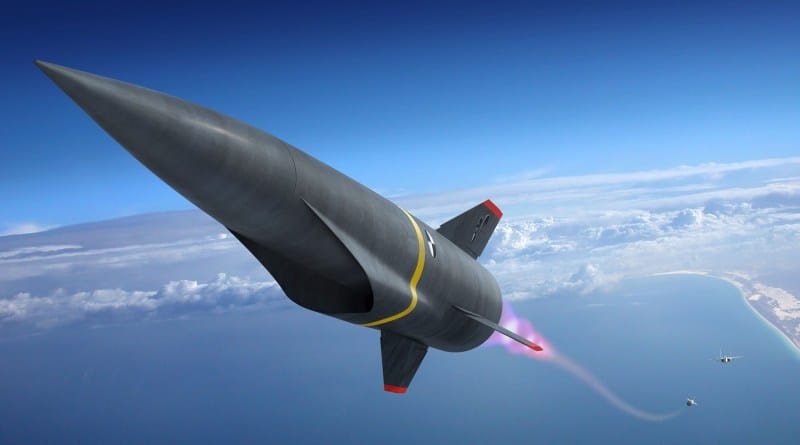
Let’s re-examine the arguments of Western experts, most of whom are relaying the Ukrainian army’s bulletins. First, they mentioned serious difficulties for the Russian army. Photos (often undated and very vaguely located) of destroyed and abandoned Russian equipment were circulated. Then, gradually, the Russian army itself began to publish statistics and even photos of the destruction of Ukrainian equipment.
In fact, if one looks at the situation objectively, the Russian army’s progress on the ground is absolutely remarkable, especially in relation to the numbers used, as Scott Ritter points out – « considering that the Ukrainian army was 260,000 strong, trained and equipped to NATO standards, with a tightly knit command system, effectively managed by officers. One should also consider the support of 200-300,000 reservists, auxiliary units and services. And so the Russians started with 190-200,000 troops to cope with a force of 600,000. Usually, at the beginning of a campaign, you will have a three-to-one advantage on the offensive side. The Russians started the operation with an advantage of one to three, or one to four on the Ukrainian side. But nevertheless, the losses (…) are 1 to 6 in favour of the Russians. Usually, in modern World War II confrontations, large-scale annihilation battles, for example, the Germans in battles with the Americans, since the Americans won, for every American killed, there were 3 to 4 Germans. This ratio allowed the Americans to win battles and advance. The ratio between the Russians and the Ukrainians of 1 to 6 is a crushing defeat for the Ukrainian side. We are talking here about troops from the secessionist republics of the Donbass, which add 30 to 50,000 men to the troops engaged on the ground on the Russian side: in any case, the ratio remains below one to two against the Ukrainians.
However, one cannot stop there in reading what is happening on the ground. The strategy of rapid and targeted advance but without the expected firepower will remain difficult to understand if it is not linked to all the other components of the Russian war effort:
+ From the beginning of the conflict, Russian precision missiles (Kalibr, Iskander) systematically destroyed Ukrainian military infrastructure: ammunition depots, artillery stocks, airports, vehicle warehouses in particular. Some Russian equipment has been destroyed in the fighting and some planes and helicopters have been shot down or damaged, but the Ukrainian army is unable to inflict serious damage on the Russian army and Western experts waste their time making up often unverified claims from the Ukrainian army’s bulletins. The Russian strikes against the military infrastructure are not over yet.
Above all, two episodes should make you think:
– On Sunday 13 March 2022, one or more precision shots destroyed the buildings in Yavorov, Western Ukraine,20 km from the Polish border, where foreign mercenaries or volunteers had gathered to fight in Ukraine. According to many testimonies on social networks in the following days, the ardour of the Western volunteer fighters has been cooled down. But the Russians are also sending a very clear signal to the West: whether it is a question of arms deliveries or the mobilisation of foreign volunteers, the response will be systematic.
– On Saturday 19 March and Sunday 20 March 2022, the Russian army fired hypersonic missiles. We have known since March 2018 that these weapons have given Russia a strategic edge, including and especially in the nuclear field.
Eric Verhaeghe has been drawing the attention of Courrier des Stratèges readers for several weeks to the Russian and Chinese lead over the Americans in this field. More lucid than most other newspapers, Le Figaro wrote on 18 February 2022:
« Hypersonic missiles are formidable threats. They come in many variants, strategic, tactical, nuclear and conventional. They are a challenge to all military defence systems. These weapons fly at 10 to 20 times the speed of sound, at low altitude, zigzagging towards their targets. They have never been used in a theatre of war, but they could get through anti-missile devices.
Well, the Russian army used them for the first time on a battlefield on 19 and 20 March 2022! An underground arms storage facility in western Ukraine was destroyed by « Kinjal » supersonic missiles, the Russian Defence Ministry announced on Saturday 19 March. And, according to a Sunday 20 March statement from the Russian Defence Ministry, « a large fuel reserve was destroyed by « Kalibr » cruise missiles fired from the Caspian Sea, as well as by hypersonic ballistic missiles fired by the « Kinjal » aeronautical system from Crimean airspace. This strike occurred in the Nikolayev region. According to the Russian Defence Ministry, the target destroyed was « the main source of fuel for Ukrainian armoured vehicles » deployed in the south of the country.
These shootings did not happen by chance. They follow aggressive statements by the US President against Vladimir Putin. They indicate to Ukraine, which is slow to accept Russian conditions, and to the West, which is encouraging the Ukrainian army to prolong the fight, that Russian army strikes against Ukrainian military or government targets can increase in intensity at any time.
It is also a very clear warning to the West about the Russians’ resolve and their capacity for a devastating nuclear strike if NATO threatens Russia’s vital interests. As Le Figaro helpfully summarised on 18 February:
« Research on hypersonic technology began in the 1980s. It accelerated in 2002 when the United States withdrew from the ABM Treaty, which limits anti-missile systems. The United States was then free to improve its defence against ballistic missiles. In Moscow’s eyes, nuclear deterrence is threatened. In response, the Russians sought to improve their own delivery systems so that they could always penetrate even the most sophisticated enemy defences. Several programmes have been launched and are beginning to become operational, including the Avangard, a glider flying at Mach 20, with a range of 6,000 km, capable of transporting a nuclear warhead, and the Zirkon and Kinjal. The Russians are ahead of the game in terms of hypervelocity.
In fact, this is Vladimir Putin’s entire strategy, which could be described as « hypersonic »:
- It relies on a ten-minutes nuclear strike capability that would, for the moment, pierce all US defences.
- hypersonic missiles also give Russia the means to intensify its conventional strikes when needed.
- In fact, it can be said that Putin’s entire approach over the years has been « hypersonic ». This man of few words has always advanced under the radar, to strike by surprise where he was not expected: think of his speech at the Munich Security Conference in 2007, where he challenged American unilateralism in the name of a multipolar world; the unexpected intervention in Georgia in August 2008; the capture of Crimea without firing a shot in 2014; the intervention in Syria to destroy Daech. The intervention in Ukraine on 24 February was a similar surprise.
The Russian strategy must therefore be considered as a whole. Given the pressure of economic sanctions, the idea of a ground war, which is certainly effective but whose firepower is limited, in order to limit civilian casualties, and the regularly suspended advance in a logic of negotiated surrender of the Ukrainian army, could involve a risk. However, this choice in the method of combat is made in the shelter of the security – temporarily absolute – that the Russian advance in the sector of hypersonic weapons gives.
One can hate the strategic rationality of a Vladimir Putin. But it would be absurd to ignore it. And this is all the more true since the military revolution on which the Russian army relies cannot leave a nuclear power like France indifferent.
The Russian army's military revolution reopens the possibility of negotiation

The ‘hypersonic strategy’ just described is the Russian variant of ‘hybrid warfare’ that many commentators gloss over but apparently have difficulty identifying when they see a specific variant.
It is obvious that we should be able to look closely at the potential for cyberattack, the work of the intelligence services. On the other hand, as the Russian army seems to be taking its time in Ukraine, it is not possible that Vladimir Putin has forgotten to prepare for the economic war; in the coming weeks, it will be necessary to closely observe the responses to the sanctions.
Finally, we would like to emphasise the extent to which Russian military superiority, thanks to the guarantee provided by the introduction of hypersonic weapons in both nuclear and conventional deterrence, brings us back to the fundamentals of Russian and European history. The certainty of being able to increase military intensity at any time leads one to return to Clausewitz or Turenne: war does not prevent negotiation in parallel:
« The idea that Russia is trying to take over Kiev, the capital, to eliminate Zelensky, comes typically from the West: it’s what they did in Afghanistan, Iraq, Libya and what they wanted to do in Syria with the help of the Islamic State. But Vladimir Putin has never had any intention of bringing down or overthrowing Zelensky. Instead, Russia is trying to keep him in power by pushing him to negotiate by surrounding Kiev. He had refused to do so far to implement the Minsk Agreements, but now the Russians want to obtain Ukraine’s neutrality.
Many Western commentators were surprised that the Russians continued to seek a negotiated solution while conducting military operations. The explanation lies in the Russian strategic conception, since the Soviet era. For the West, war begins when politics ends. But the Russian approach follows a Clausewitzian inspiration: war is the continuity of politics and one can move fluidly from one to the other, even during combat. This creates pressure on the opponent and pushes him to negotiate.
Will the Americans, who think in the binary mode of « unconditional surrender », be able to adapt to the new situation? The military revolution initiated by Russia, which has mastered hypersonic weapons before the others, is upsetting the power game to which the US and the European Union were accustomed. But we can be sure that China, which is also equipped with hypersonic weapons before the United States, will be able to advance the cause of negotiation and peace. This is in the interest of the Western alliance. Until the United States itself – and, let us hope, France – have caught up and closed this new missile gap.



